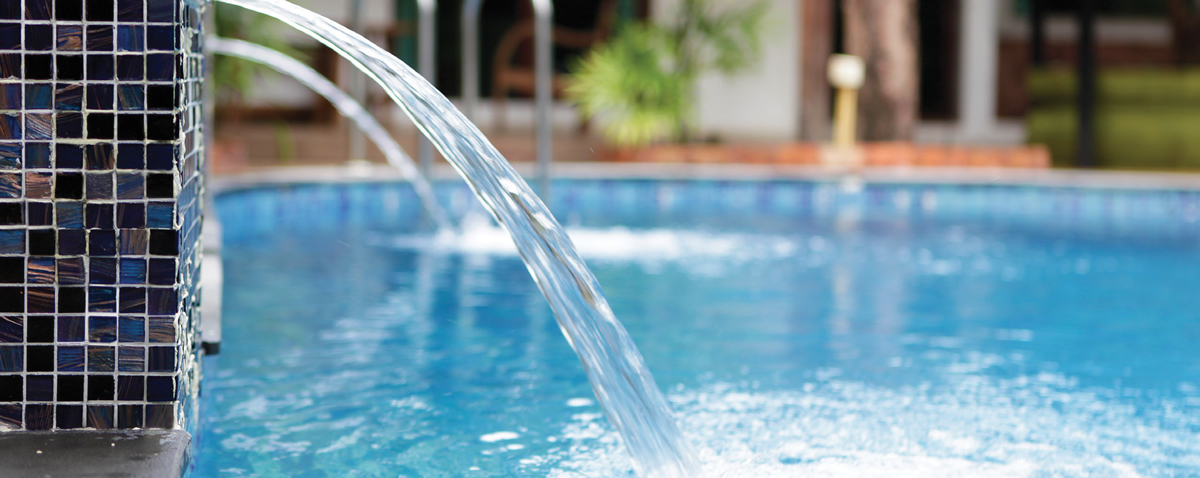In the world of pool products, this water flow device has the coolest sounding name. It might even make a good name for a superhero: “Meet the Actuator!”
Superhero, indeed. The valve actuator is a vital part of any multi-feature pool system. Yet it is frequently overlooked among more high profile pool technologies, such as filters, heaters, timers, pumps, lighting, chlorinators, and others.
The actuator is the pool system’s traffic cop, working to direct water flow on the suction and return sides of the pool. Usually it doesn’t require much attention from pool techs. When it does, it can add as much as 15 to 20 extra minutes to a maintenance call.
Just ask Kirk Bradley, owner and operator of On-Time Pool Service of Sarasota, Fla. Bradley’s team of 11 pool maintenance and repair experts run herd on more than 600 area pools. They don’t have a minute to waste to live up to their reputation as the Service Professional of the Year from the Florida Swimming Pool Association. Adding any time to a service call is disruptive.
“I don’t want to talk about different brands of actuators, but the reality is when we talk about actuators, we’re talking about different kinds of pains in the you-know-what,” says Bradley.
Traditional actuators take time to set. You unscrew the top, adjust the valve handle, set the cams, and screw the top back on. What’s more, getting the settings just right can be a tricky process. “With a pool-spa combo, especially on the return side, you don’t want a full 180-degree setting,” Bradley explains. “We want some water to circulate to the spa when the actuator is in pool mode.”

The ideal actuator would make it easy to quickly establish valve position set points without unscrewing the casing and making manual adjustments. It would also offer:
- Any-setting flexibility. Why restrict yourself to just 45, 90, and 180-degree presets? Incremental valve settings would help better regulate spillovers, laminar jets, bubblers, and other water features.
- “Is it set right?” Audio-visual cues would take the guesswork out of set-up.
- No power, no problem. Valve operation would be maintained during a power loss.
- 3-way valve capability. The ideal actuator would control not only 2-way diverter valves, but also 3-way valves, too.
- 30 feet of convenience. Can an electrical cord ever be too long? Why not the longest cord in the business?
One pool products company came up with their version of the dream actuator. Intermatic, the “Yellow Dial” time switch people, recently introduced the ReadySet Electronic Valve Actuator, a first of its kind 24-volt electronic valve actuator.
“ReadySet Actuator accomplishes everything a traditional actuator does in less than a minute,” says Jon Payne, regional sales manager of Intermatic. “Pool maintenance techs now have an easy way to adjust water features quickly on a weekly basis, and just as easy as quickly set the water flow back.”
For On-Time Pool Service, a pool tech-friendly actuator couldn’t come at a better time. “Each brand of actuator has different kinds of headaches,” says Aaron Sheehan, On-Time Pool Service operations manager. Today it appears pool service companies nationwide now have one less headache to worry about.
To learn more about how to streamline pool maintenance visits, please click here.



